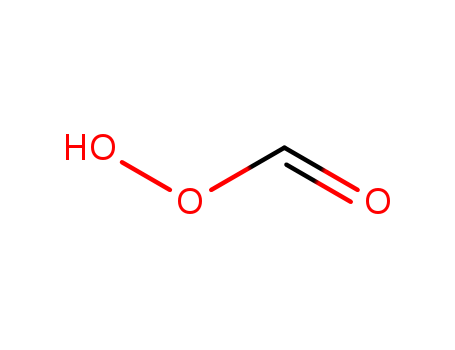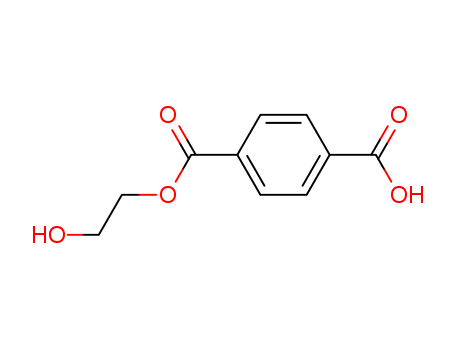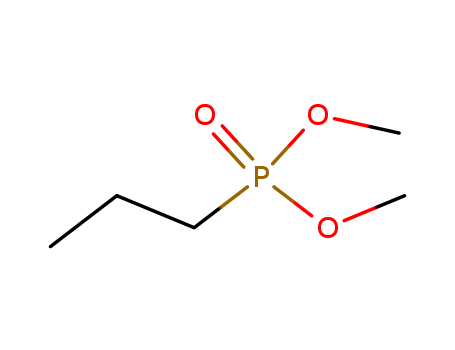- Product Details
Keywords
- Magnesium fluoride
- 7783-40-6
- F2Mg
Quick Details
- ProName: F2Mg Magnesium fluoride 7783-40-6
- CasNo: 7783-40-6
- Molecular Formula: F2Mg
- Appearance: Powder
- Application: 7783-40-6 ...
- DeliveryTime: by air
- PackAge: Aluminium Foil Bag and Paper Drum
- Port: Any port of China
- ProductionCapacity: 100 Metric Ton/Day
- Purity: 99.5%
- Storage: 1MT
- Transportation: By Sea/Air/DHL
- LimitNum: 1 Metric Ton
- Grade: Industrial Grade,Food Grade,Pharma Gra...
Superiority
Our company was built in 2009 with an ISO certificate.In the past 5 years, we have grown up as a famous fine chemicals supplier in China and we had established stable business relationships with Samsung,LG,Merck,Thermo Fisher Scientific and so on.Our main business covers the fields below:
1.Noble Metal Catalysts (Pt.Pd...)
2.Organic Phosphine Ligands (Tert-butyl-phosphine.Cyclohexyl-phosphine...)
3.OLED intermediates (Fluorene,Carbazole,Boric acid...)
4.Customs Synthesis
Our advantage:
1. Higest quality and good package
2.Fast delivery
3.Better payment term
4.Fast response to customer within 6 hours
5.Good business credit in Europe ,US ,Japan ,Korea
Anyway ,if you need any chemicals from China ,Henan Tianfu can help you
Details
| Magnesium fluoride Basic information |
| Product Name: | Magnesium fluoride |
| Synonyms: | afluon;irtran1;magnesiumfluoride(mgf2);magnesiumfluorure;sellaite;MAGNESIUM FLUORIDE;Magnesium flux;magnesium fluoride coating quality bal. 0.7-1.5 mm |
| CAS: | 7783-40-6 |
| MF: | F2Mg |
| MW: | 62.3 |
| EINECS: | 231-995-1 |
| Product Categories: | Inorganics;Magnesium;Crystal Grade Inorganics;Inorganic Salts;Magnesium Salts;MagnesiumMetal and Ceramic Science;Salts;Synthetic Reagents;metal halide;Chemical Synthesis;Inorganic Salts;Magnesium Salts;Materials Science;Metal and Ceramic Science;Synthetic Reagents |
| Mol File: | 7783-40-6.mol |
|
|
|
| Magnesium fluoride Chemical Properties |
| Melting point | 1248 °C |
| Boiling point | 2260 °C |
| density | 3.15 g/mL at 25 °C(lit.) |
| refractive index | 1.365 |
| form | random crystals |
| color | White to off-white |
| Water Solubility | 87 mg/L (18 ºC) |
| Merck | 14,5665 |
| CAS DataBase Reference | 7783-40-6(CAS DataBase Reference) |
| EPA Substance Registry System | Magnesium fluoride (MgF2)(7783-40-6) |
| Safety Information |
| Hazard Codes | Xi |
| Risk Statements | 36/37/38 |
| Safety Statements | 26-36-37/39 |
| WGK Germany | 3 |
| RTECS | OM3325000 |
| Hazard Note | Irritant |
| TSCA | Yes |
| HS Code | 28261900 |
| MSDS Information |
| Provider | Language |
|---|---|
| Magnesium fluoride | English |
| ACROS | English |
| SigmaAldrich | English |
| ALFA | English |
| Magnesium fluoride Usage And Synthesis |
| Description |
Magnesium fluoride is a by-product of the manufacture of metallic beryllium and uranium. It is a fine white crystalline powder with low chemical reactivity. Magnesium fluoride is used as flux in magnesium metallurgy and in the ceramics industry. Magnesium fluoride may be used for the extraction of aluminum from arc-furnace alloys with Fe, Si, Ti, and C. Optical windows of highly purified magnesium fluoride which transmit light from the vacuum ultraviolet (140 nm) into the infrared (7) are recommended for use as ultraviolet optical components for the use in space exploration. Magnesium fluoride is can be also used as an antireflection coating material having a good antireflection effect and a low refractive index. |
| Preparation |
Magnesium fluoride is prepared by treating a magnesium salt solution with hydrofluoric acid or sodium fluoride: MgSO4 + 2HF → MgF2 + 2H+ + SO42– or by adding hydrofluoric acid to magnesium carbonate: MgCO3 + 2HF → MgF2 + CO2 + H2O |
| References |
[1] John R. Papcun, Fluorine Compounds, Inorganic, Magnesium, Kirk- Othmer Encyclopedia of Chemical Technology, 2000 [2] H. Tanaka, M. Kobayashi, T. Sakakibara, Method of producing magnesium fluoride coating, antireflection coating, and optical element, Patent, 2013 |
| Chemical Properties | white to light beige powder |
| Uses |
Suitable for vacuum deposition. Magnesium fluoride occurs in nature as the mineral, sellaite. It is used in glass and ceramics. Single crystals are used for polarizing prisms and lenses. |
| Uses | In the ceramics and glass industry. |





 Assessedsupplier
Assessedsupplier










